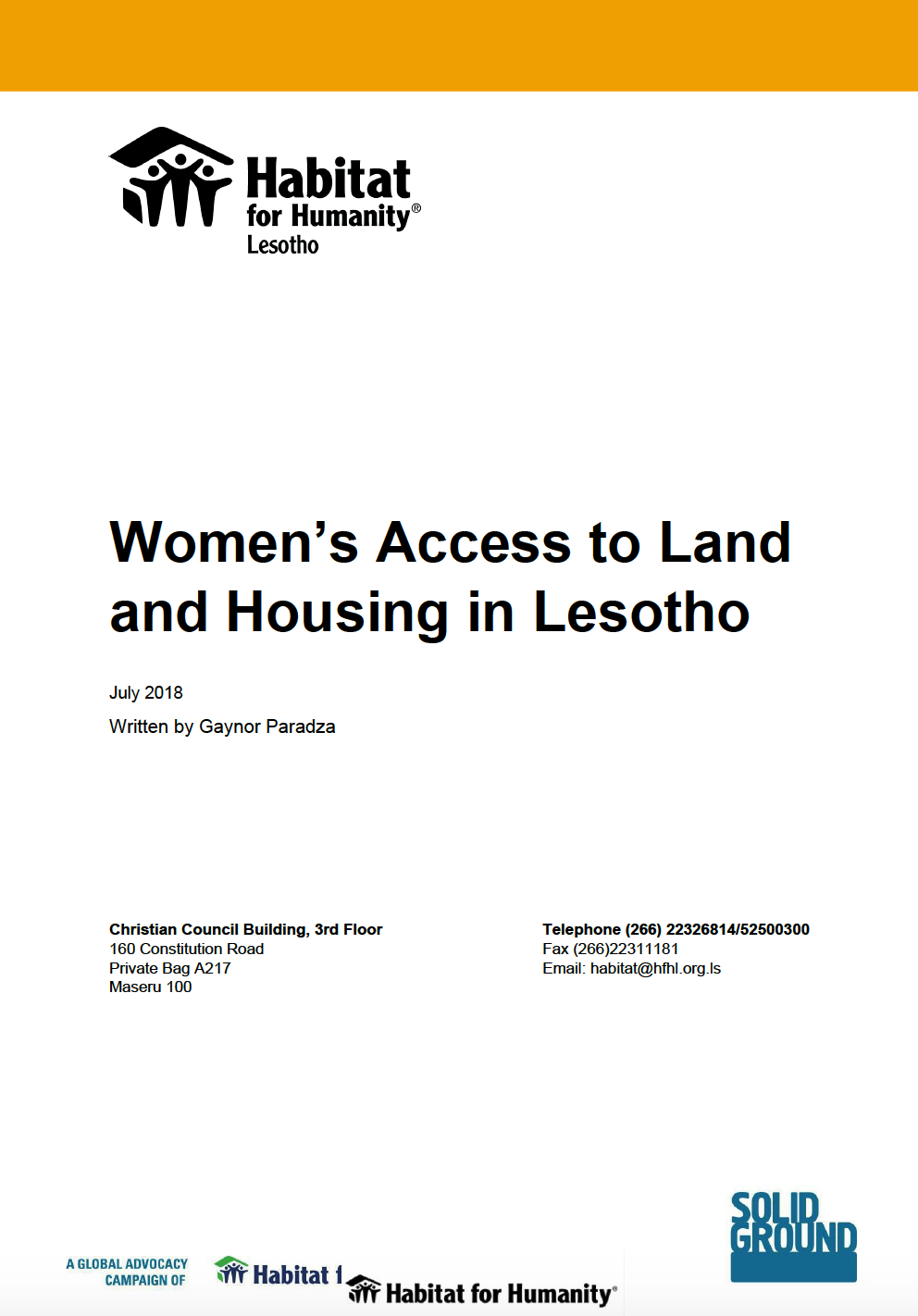A local perspective on drivers and measures to slow deforestation in the Andean-Amazonian foothills of Colombia
Colombia’s Andean-Amazonian foothills are among the most pressing deforestation hotspots in the country. Yet, the relationships and dependencies of underlying deforestation drivers are not well understood. For an adequate territorial reorganization in the post-conflict era that is sensitive to local context, a targeted analysis of the present situation at the local level is required. This study investigates direct and indirect deforestation drivers, relationships among these and potential measures to lower deforestation post-conflict.




